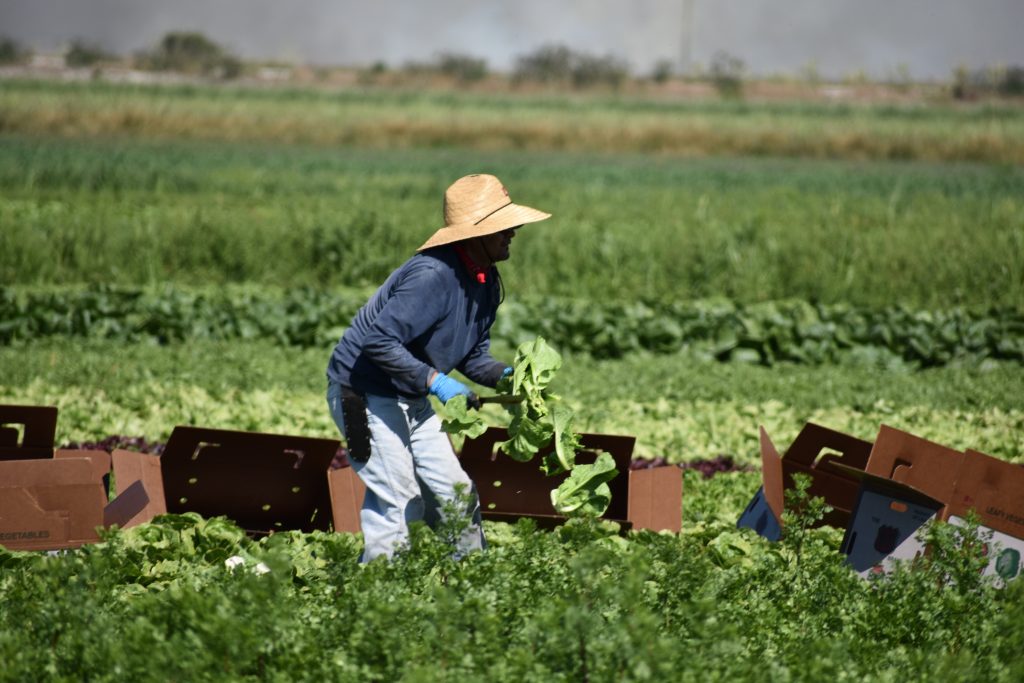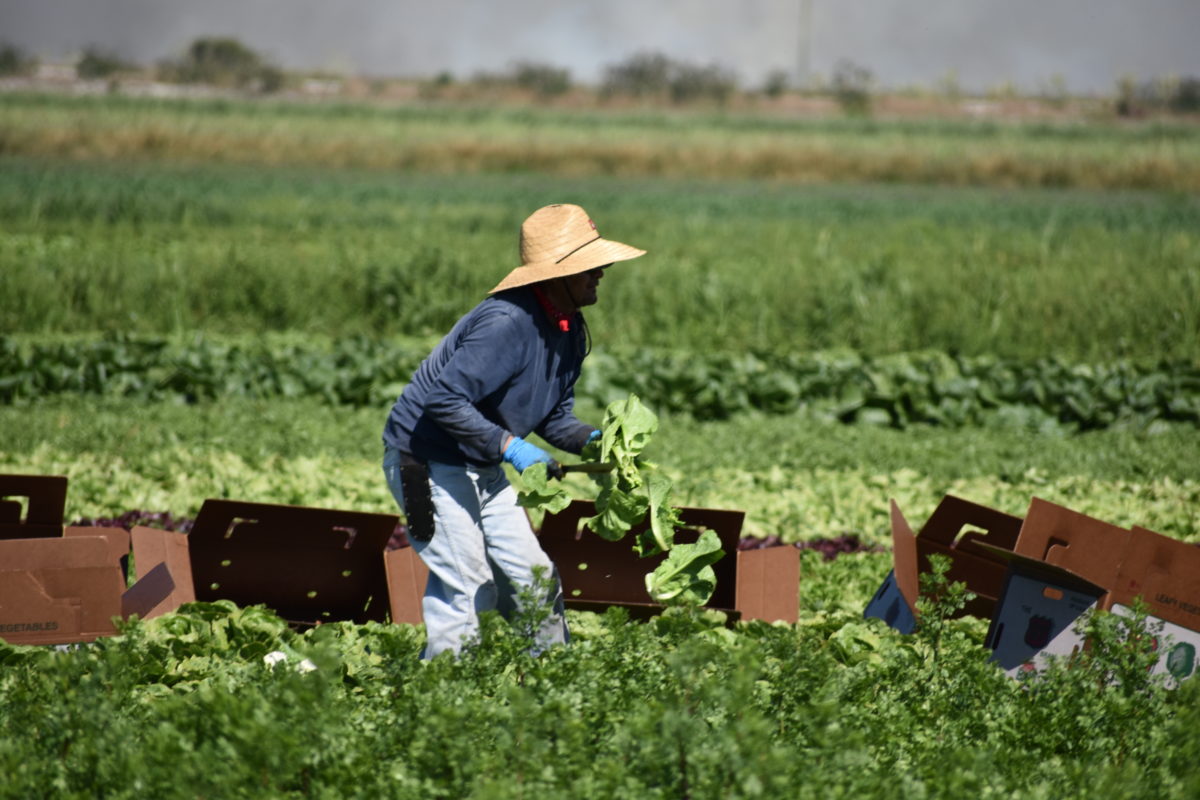Ag Labor Reform a Complex Issue

By Clint Thompson
A resolution to the lingering issue of Ag labor legislation starts with bridging the gap between southeastern growers and western producers.
Bob Redding, who works for the Redding Firm and serves as a lobbyist for agricultural groups in Washington, D.C., discusses the impact that would be met if both sides could come to a compromise.
“If we want reform, we’re going to have to reach out. Growers to growers is really a good place to start,” Redding said. “We continue to have the west versus the southeast. Until we figure that out, it’s going to be difficult to pass something.”
Redding spoke at the Georgia Agricultural Relations Forum on Nov. 9 at the University of Georgia Tifton Campus Conference Center in Tifton, Georgia. Regional differences topped the list of issues that are preventing major Ag labor reform.
“I think you have lots of differences. State laws are very different; the demands on western growers versus southeast growers,” Redding said. “There are significant differences in views. The southeast and the west will probably have to come together, particularly after this election cycle to see any movement.”
Farm Workforce Modernization Act
The House of Representatives initiated some movement back in March with its passage of the Farm Workforce Modernization Act. The Senate has yet to address the bill and may not before their focus is shifted to the 2022 elections.
Redding and the Georgia Fruit and Vegetable Growers Association have major concerns with the Farm Workforce Modernization Act in its current format. Agricultural employers would be required to hire Certified Agricultural workers over an H-2A worker. They would only be required to work 100 days for southeast producers who might need labor for nine or 10 months.
The bill would also freeze the Adverse Effect Wage Rates (AEWR) for one year and then impose a restriction that wages could not decrease more than 1.5% or increase more than 3.25%.
Next year’s elections could also play a major role in how long the issue continues to linger.
“With the Senate 50-50 and the House within three votes, this election cycle is going to be very tough. Immigration reform, since post-1986, has been a tough issue to move legislation on. Although the Farm Worker bill passed the House, it’s still got a long way to go,” Redding said. “This bill, although the southeastern growers were mixed as far as support for it, this was as close as we’ve probably been in a long time.
“We’re right back in 2022 to a point where the southeast and the west have to get together with some type of compromise. If we’re talking about the 2023-2024 Congress, then you’re really talking about a need, a necessity of having these groups together. The House and the Senate, one flip of republican versus democrat and then you have a divided Congress.”










